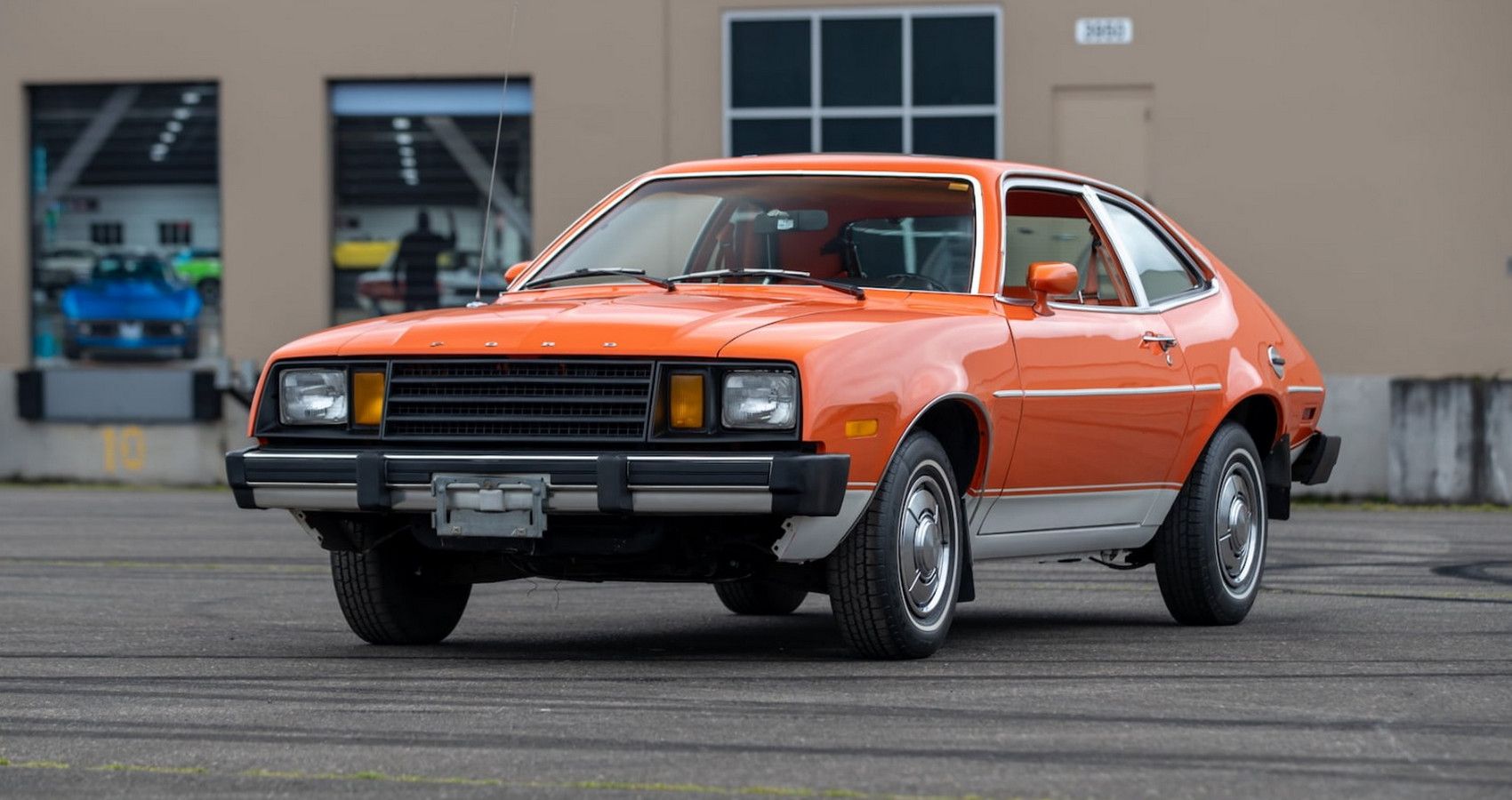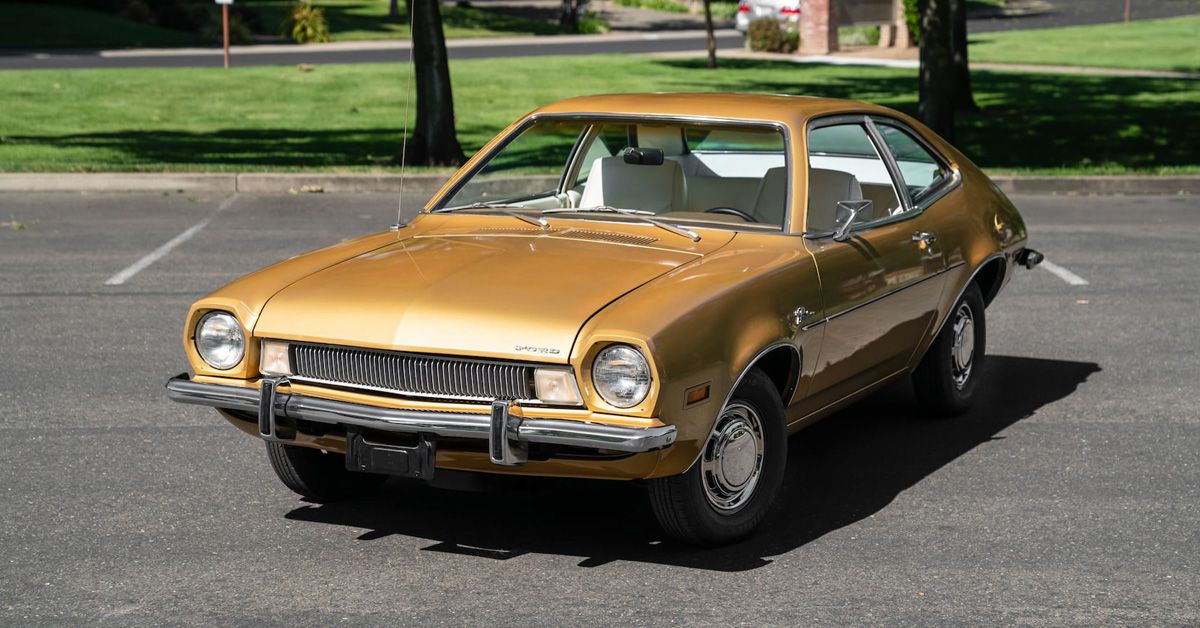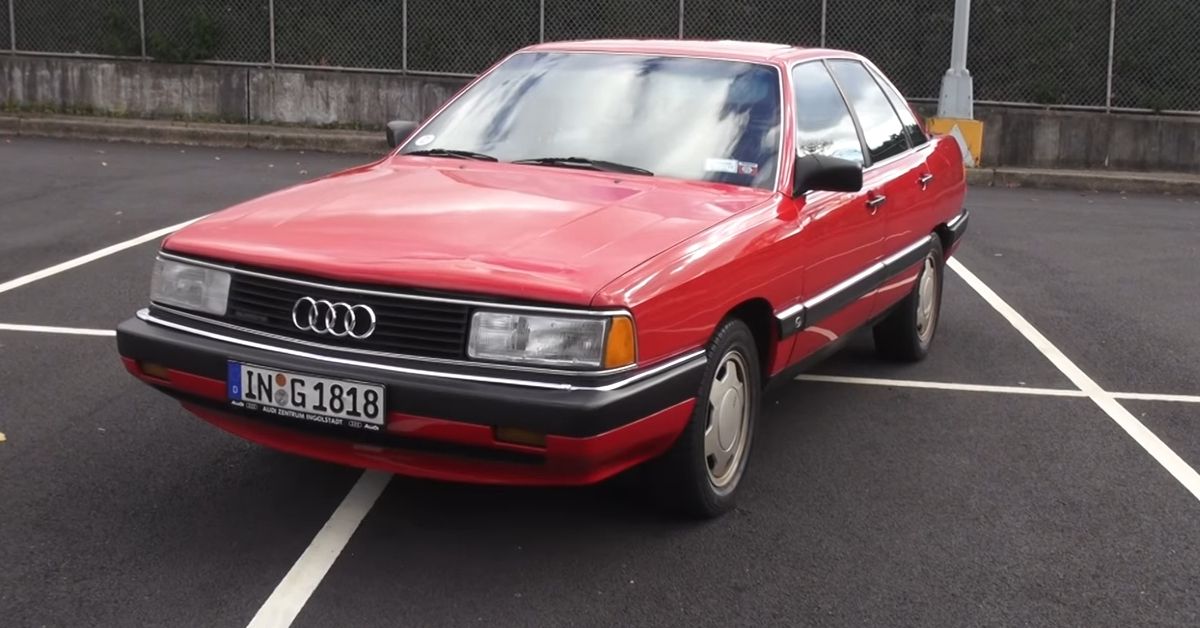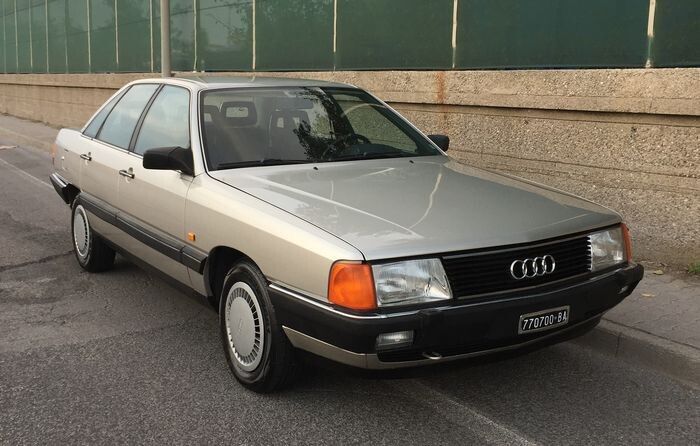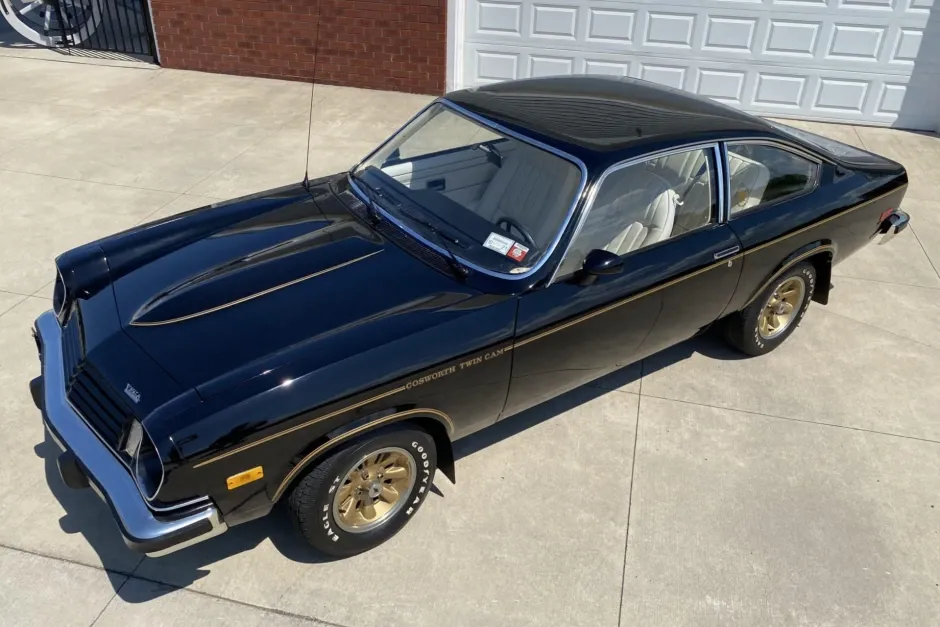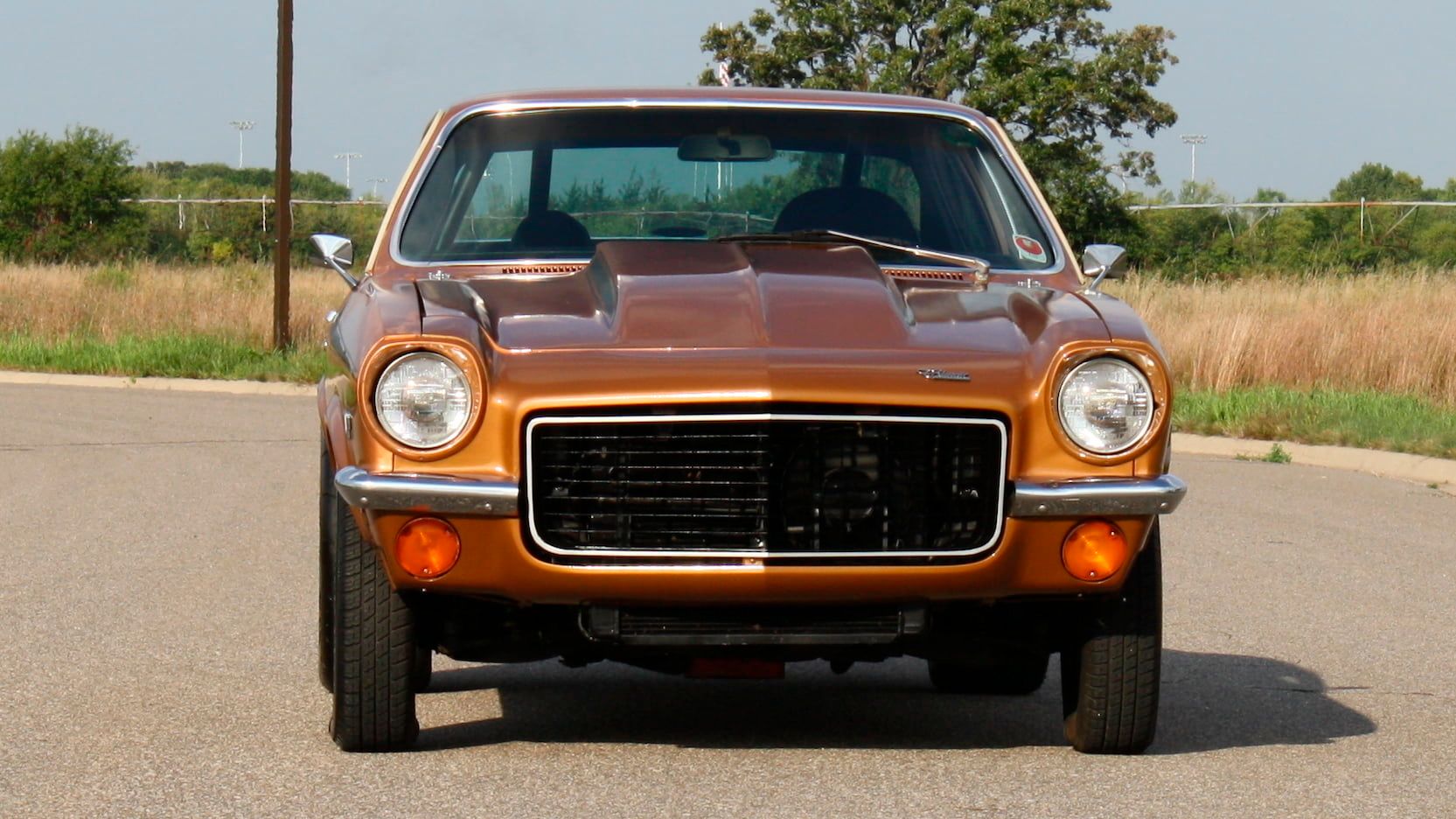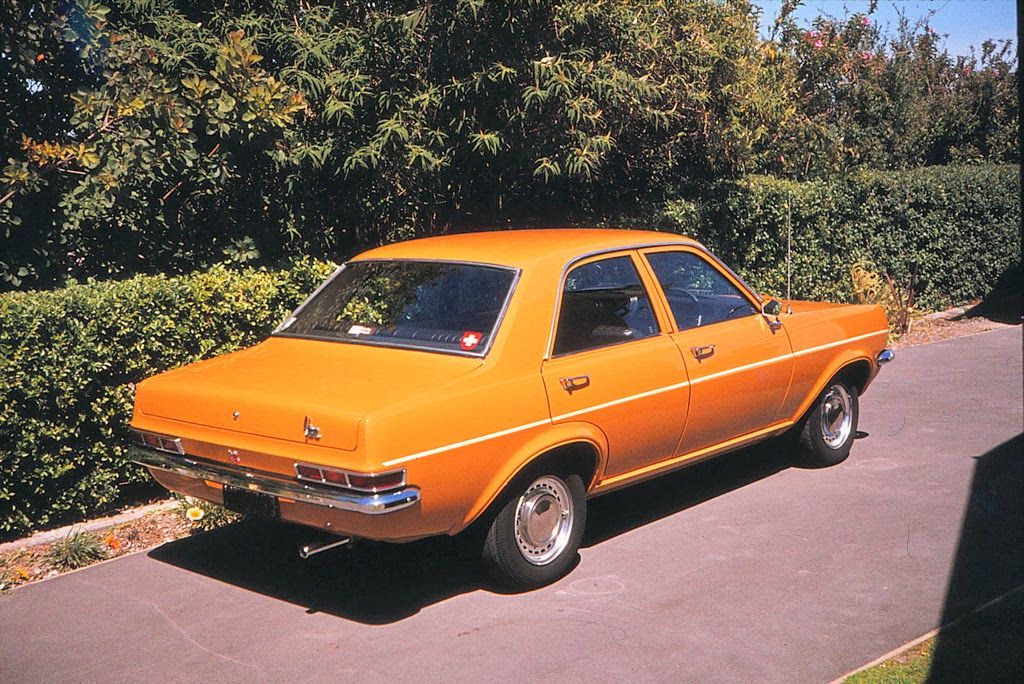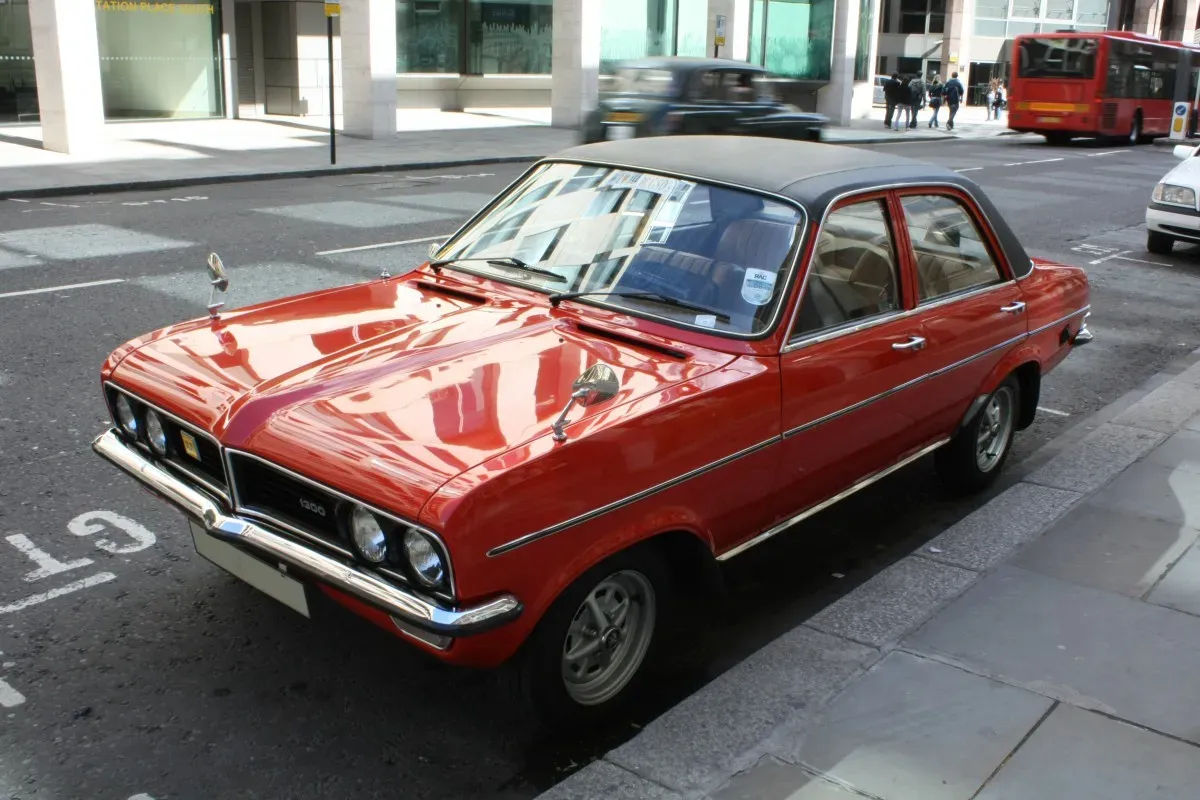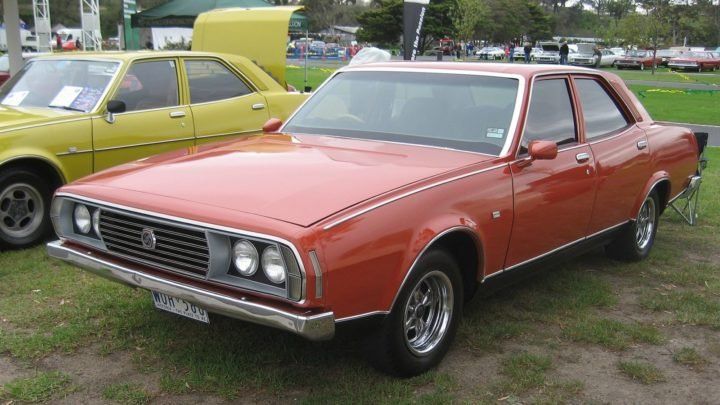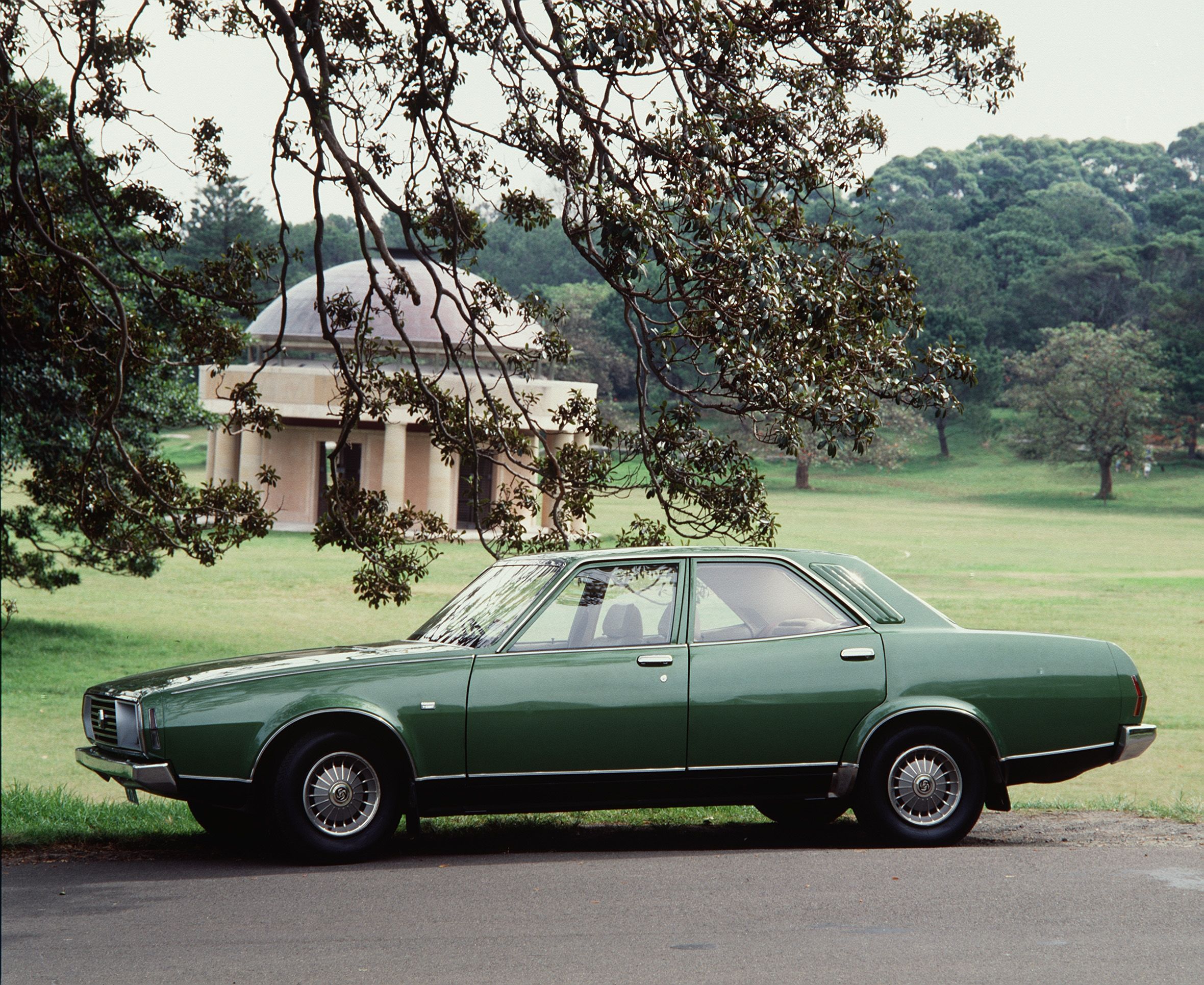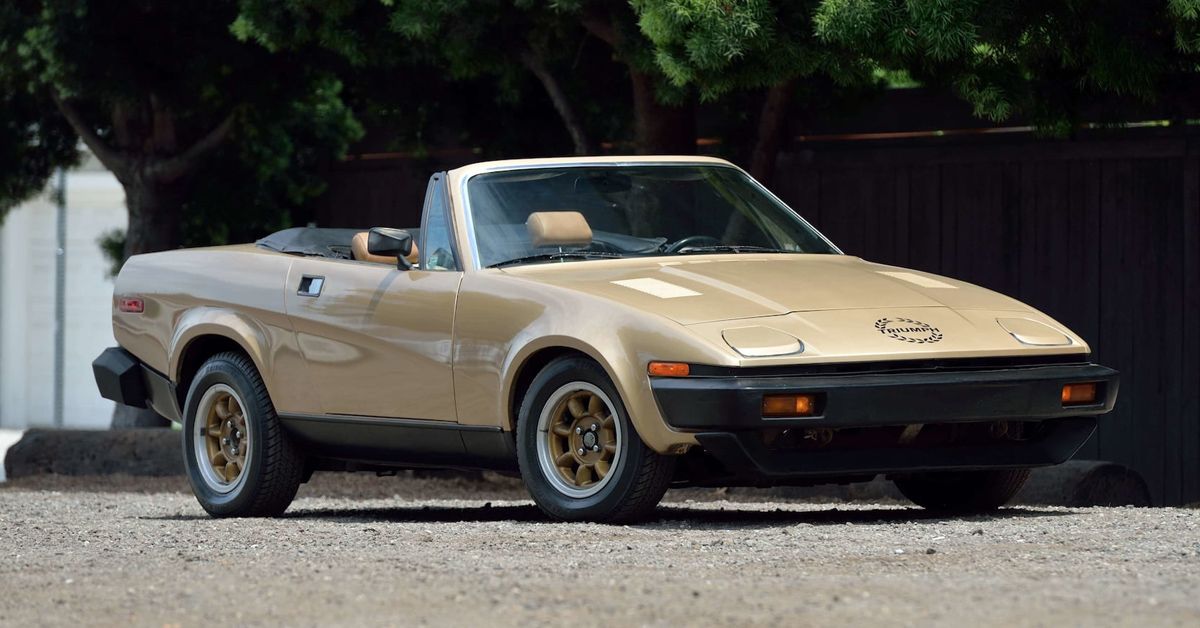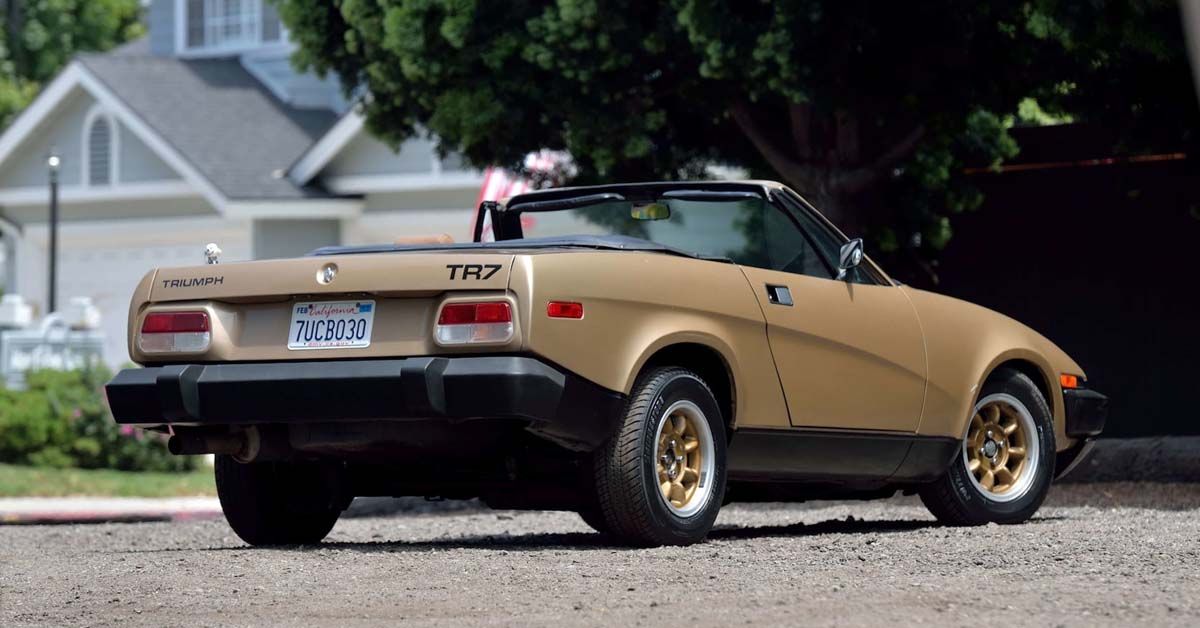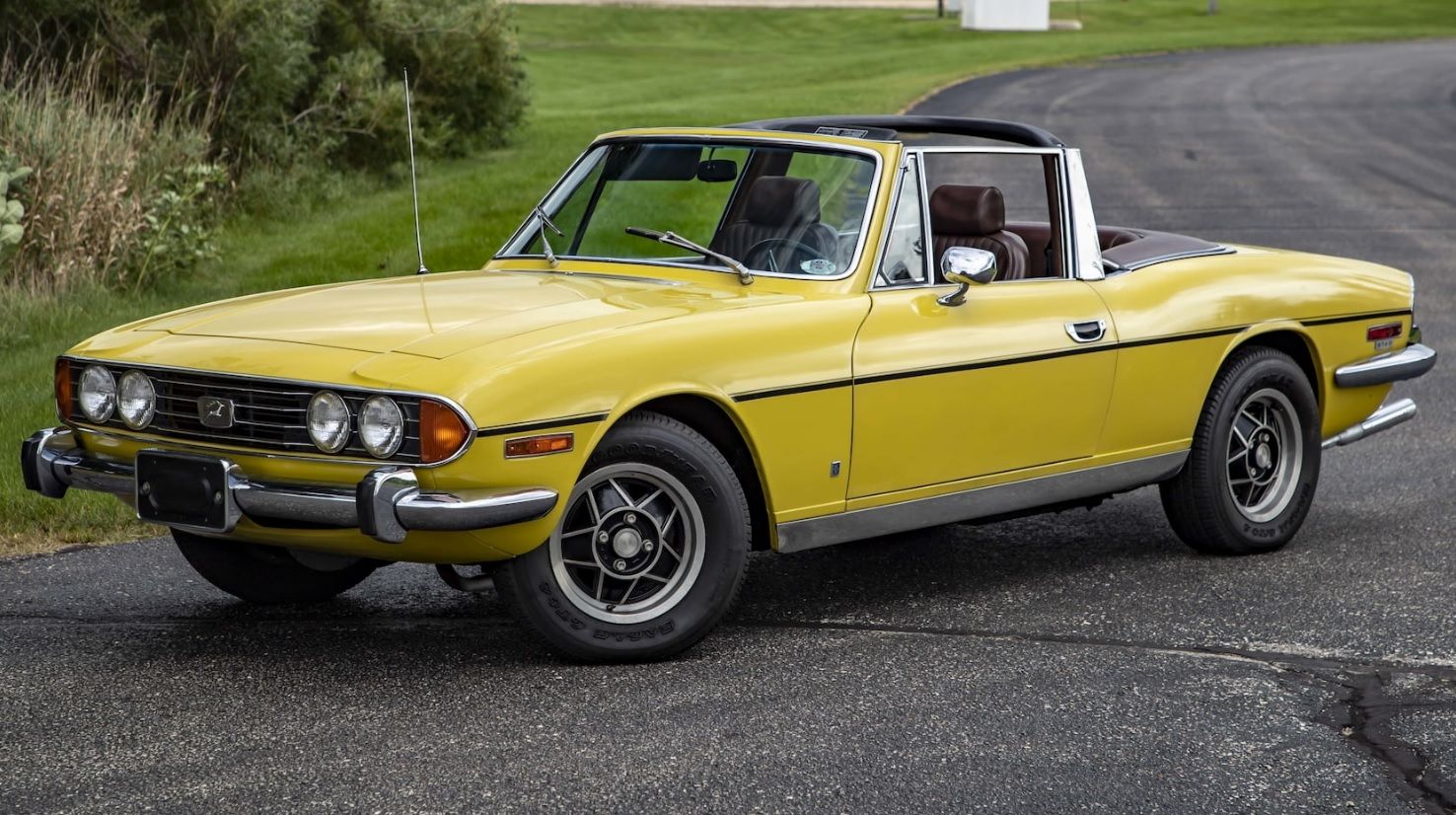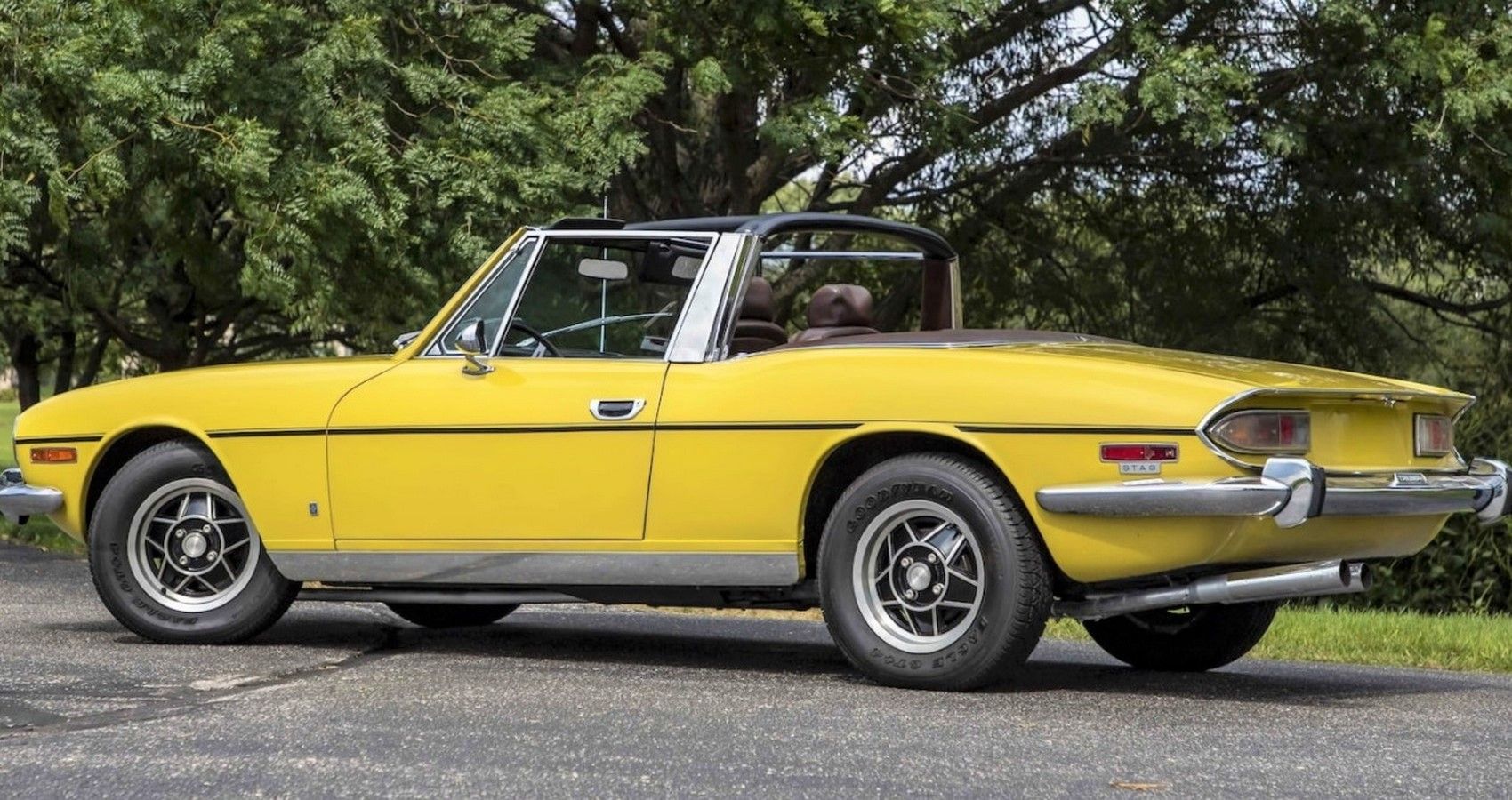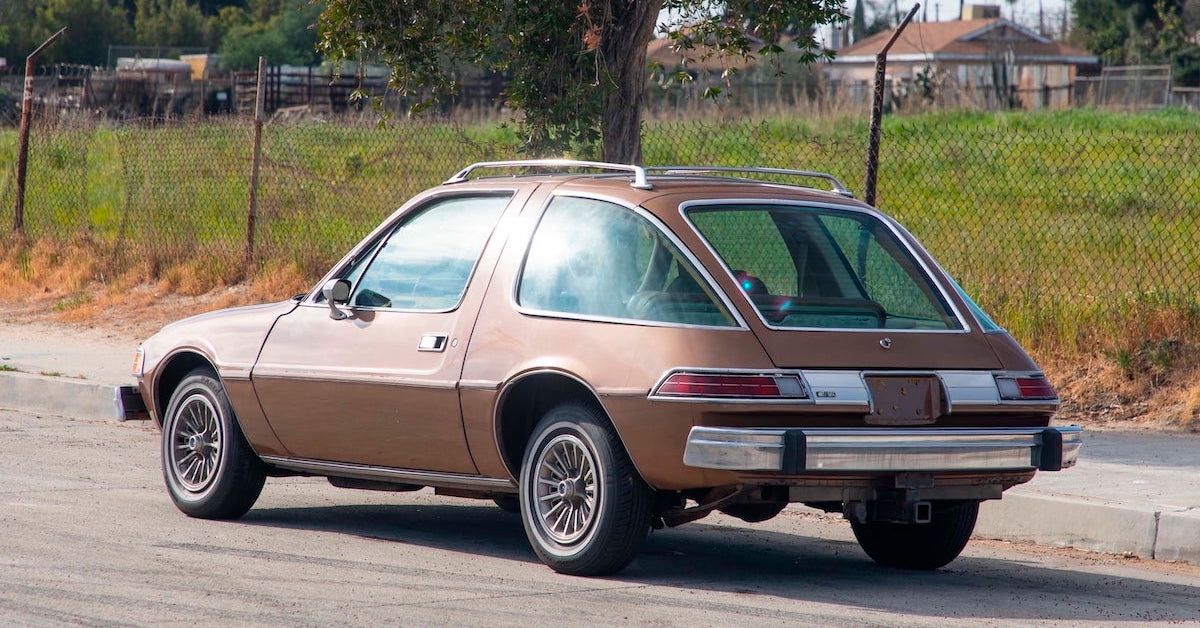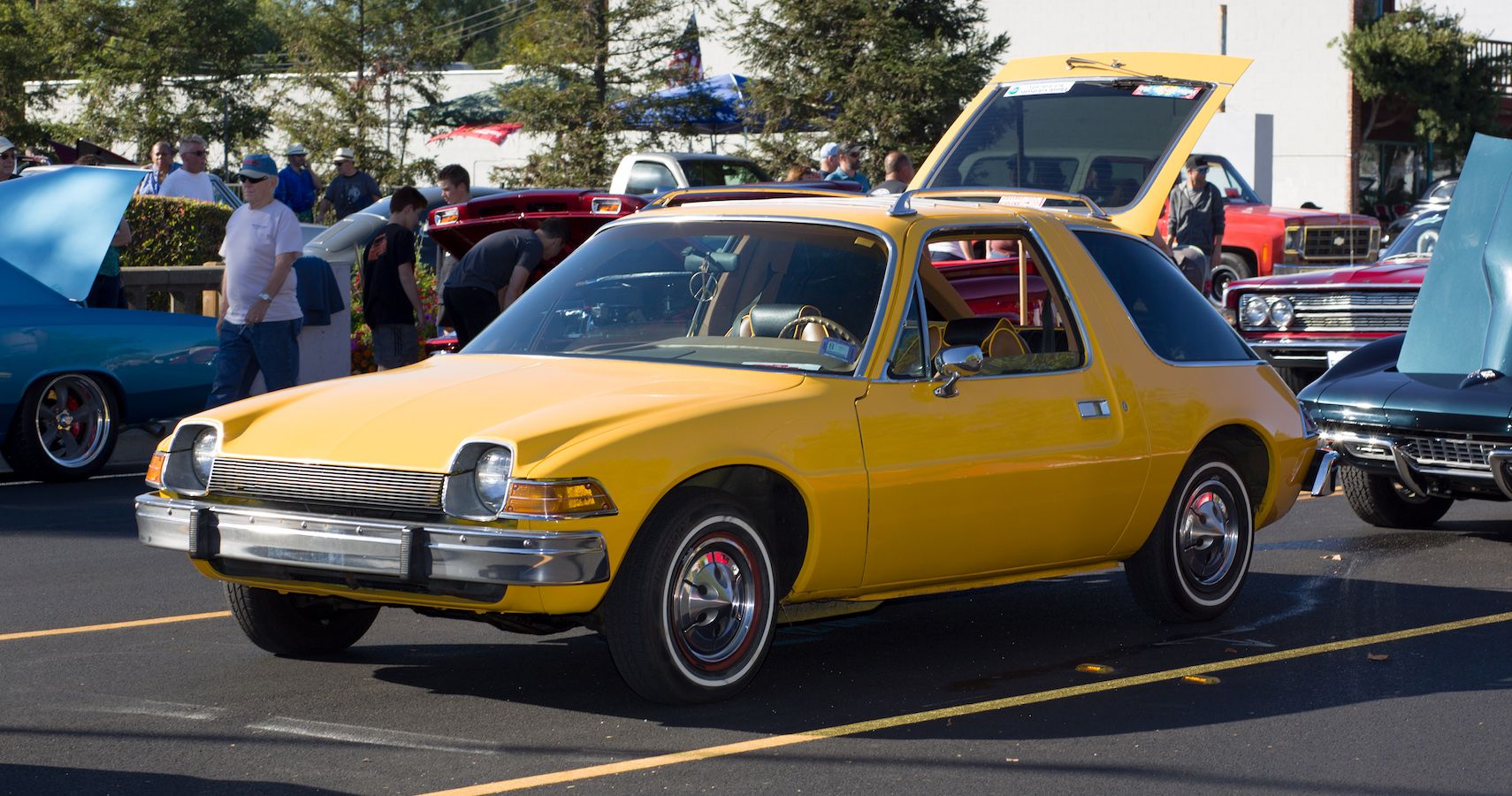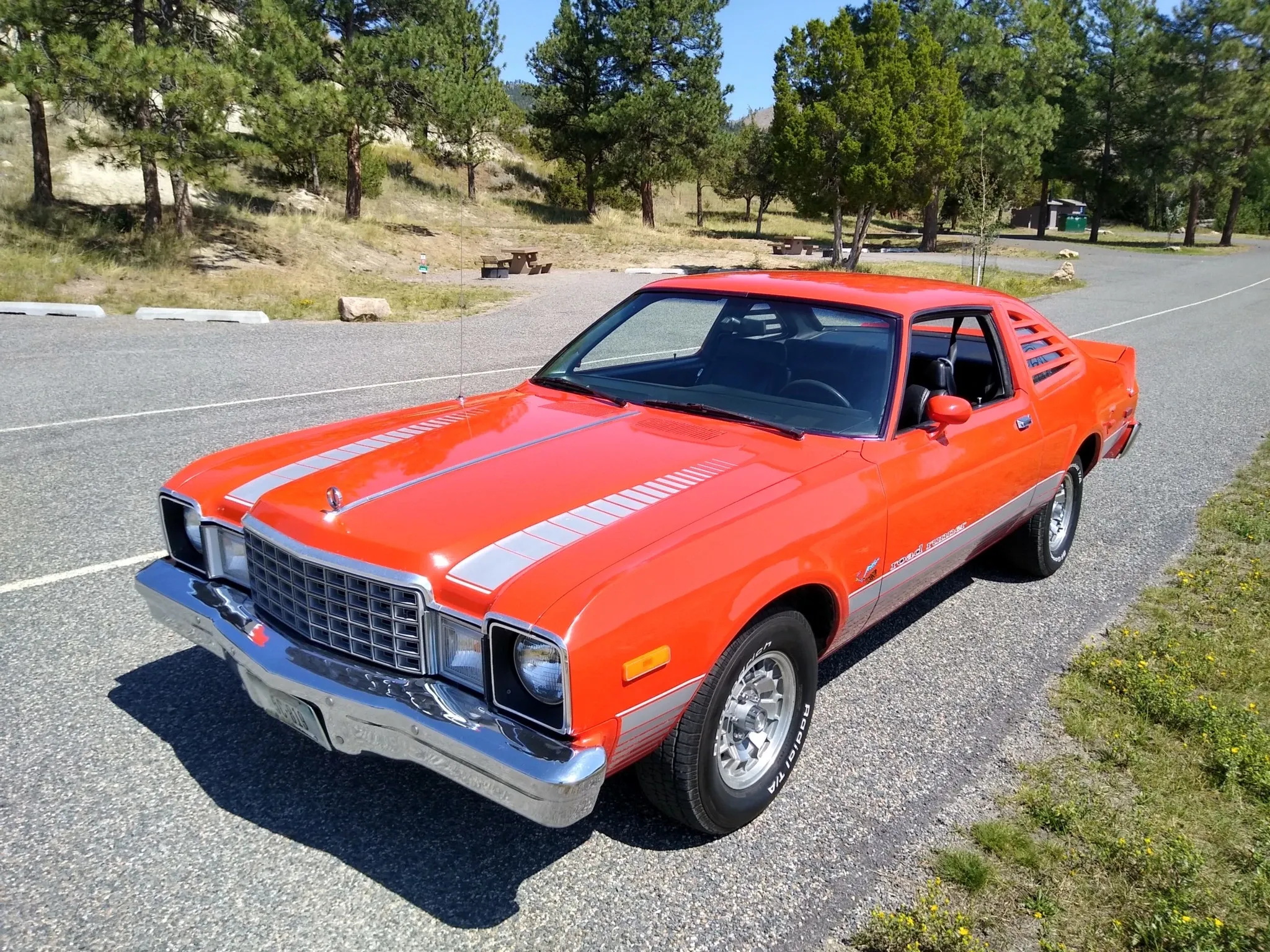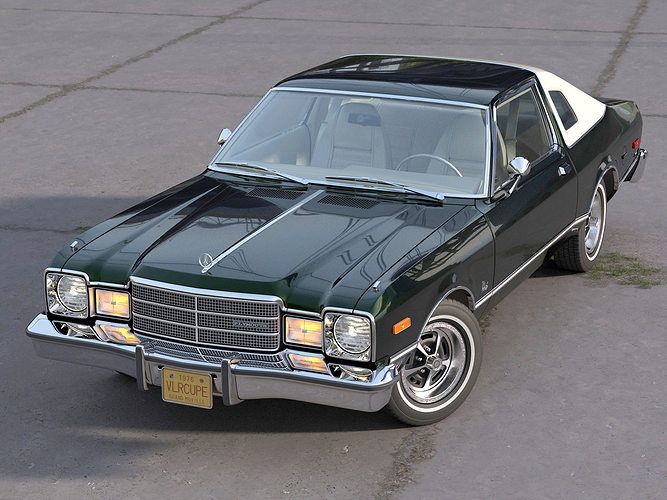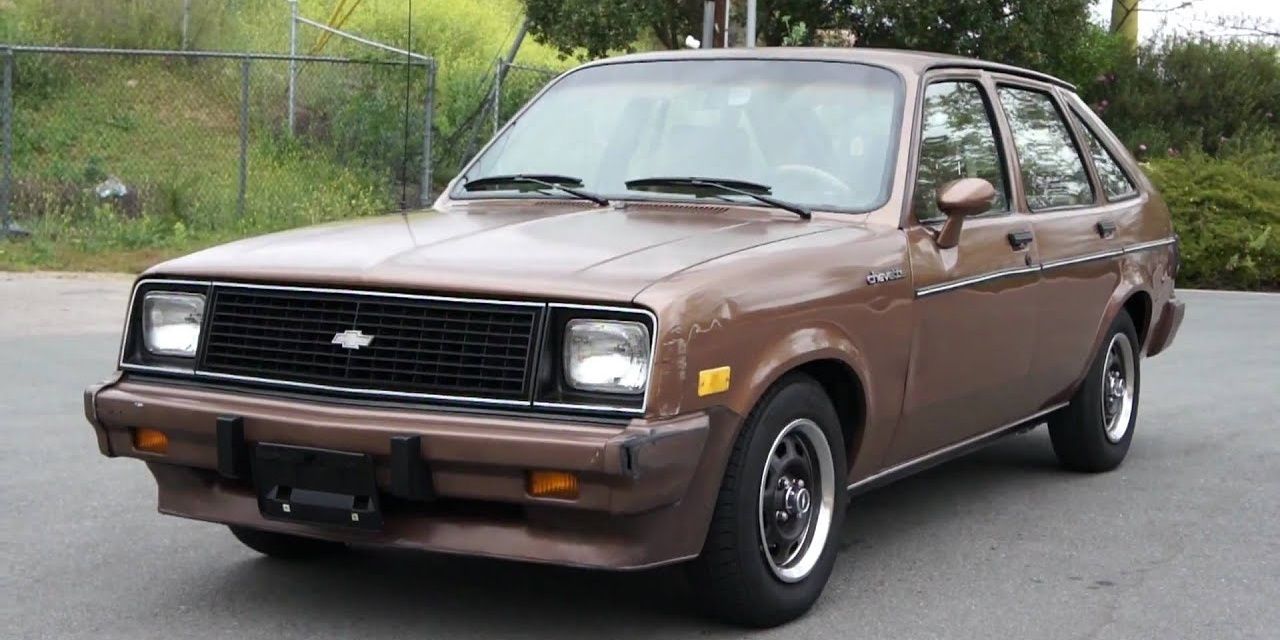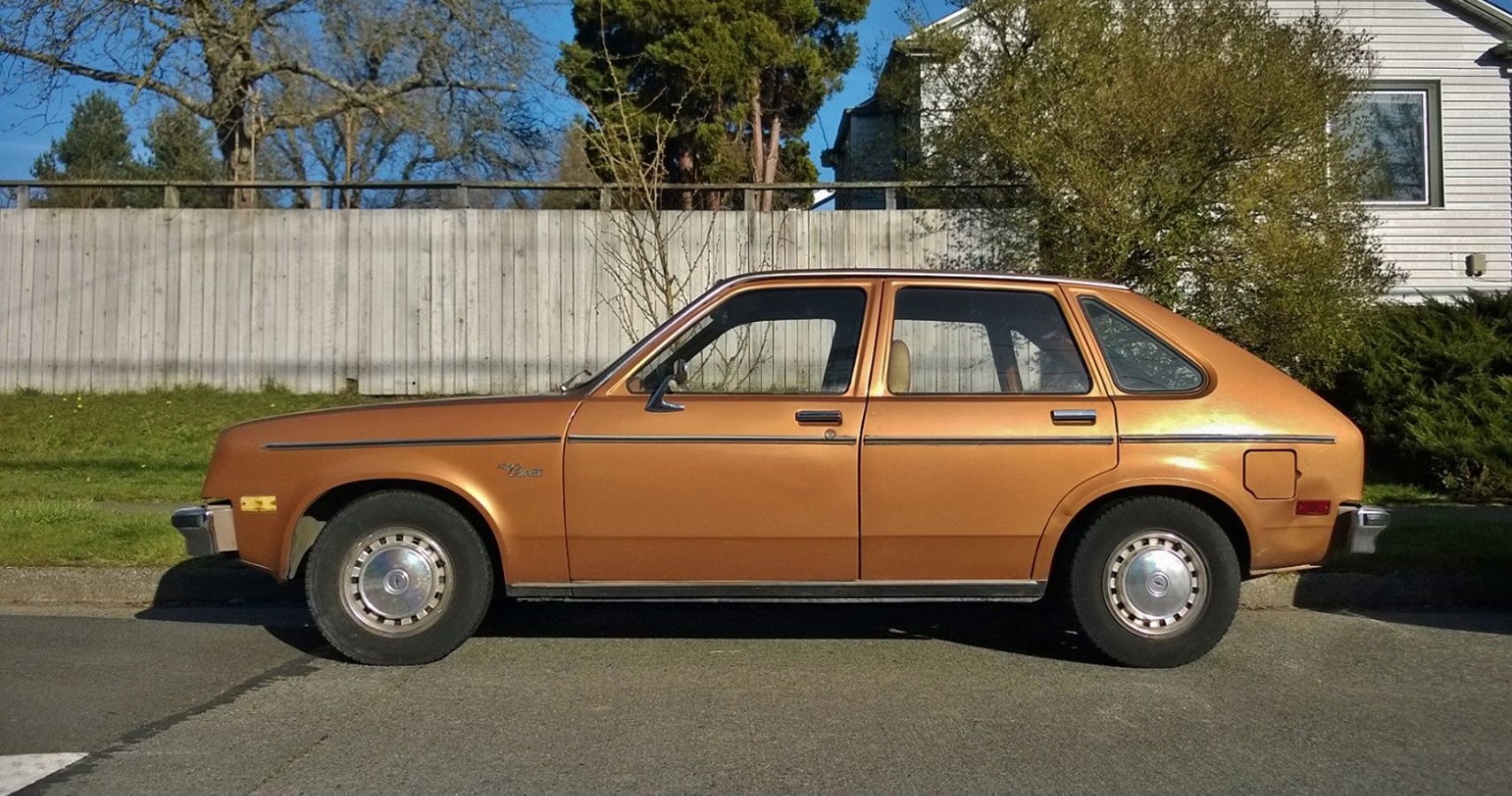The automobile has had an immeasurable impact on history. Its invention and evolution have transformed human culture and the environment. But despite all the massive benefits of cars, they have also proven to be quite dangerous. At every stage of their evolution, cars have only been as safe as the existing level of technology allowed.
In the '70s, American car manufacturers were facing different forms of challenges. On one hand, there were federal regulations and on the other hand, falling sales due to competition from more efficient imported compact cars. In the quest for better gas mileage, most manufacturers were rolling out models like the AMC Pacer and the Pinto. Some of these compact cars were not only unreliable, but they were also downright dangerous too. Unfortunately, some of these horrors are available as classic cars today. That said, here is a list of the most dangerous cars of the '70s you could be driving.
10 Ford Pinto (1971-80)
Upon release, the Pinto got a decent reception that culminated in over 3 million units being moved in its 10-year production run. Rushed into the market, the Pinto's optional automatic transmission caused accidents by moving into gear without the driver's knowledge.
Another design flaw was the placement of the fuel tank next to the rear bumper which led to fires or explosions when rear-ended even at low speeds. The number of fatalities was high, yet Ford, knowing of the design flaw, refused to fix it, opting instead to pay out settlements.
9 Audi 5000 (1978-86)
Although the issue of sudden unintended acceleration (SUA) was not a new one, that of the Audi 5000 surpassed the others in number. Whether it was caused by a malfunction of the idle stabilizer system or by drivers' error as claimed by Audi, the complaints kept piling up.
In all, over 1000 incidents of unintended acceleration led to about 700 accidents, and several deaths were reported. After three recalls, Volkswagen added a transmission shift lock to all Audi 5000 models to address the issue once and for all.
8 Chevrolet Vega (1971-77)
Introduced for 1971 with a 90 hp I-4 engine under the hood, the Chevrolet Vega was never destined to blow away doors. Despite this, it was well-received by the public and got rave reviews and awards from the top car magazines of the day.
It wasn't long before the complaints started rolling in, and after 3 massive recalls in 1972, the Vega's reputation was completely marred. Common problems included overheating, early rusting, oil consumption, defective axles that could separate from the housing, and fires caused by violently backfiring engines.
7 Vauxhall HC Viva "Firenza" (1971-75)
Introduced in 1971 at the Montreal Auto Show, the HC generation Vauxhall Viva, named "Firenza", was affordable, sporty, and comfortable. However, it was poorly built and reports of its numerous failures began early. Some of its reliability woes were faulty electrical systems, engine fires, brake failure, and loss of steering.
Others were sticking gas pedals and an alarming rate of corrosion that caused parts to spontaneously fall off. It was so bad that angry owners formed an association and eventually launched Canada's first class-action lawsuit in regard to the Firenza's faults.
6 Leyland P76 (1973-75)
Launched in 1973, and nicknamed "the Wedge", the Leyland P76 competed in Australia's full-size sedan market with the Ford Falcon and Holden Kingswood. Designed and built from scratch, it was hurriedly assembled and rushed into the market where it performed credibly initially.
The future was indeed bright. However, a lineup of poor build quality problems soon arose - poorly-sealed doors freely admitted rain and dust into the cabin when driving. Moreover, with windows and some interior fittings falling off regularly, sales slumped and the P76 was pulled after just 18,007 in its were built.
5 Triumph TR7 (1975-81)
Launched as a replacement for the TR6 in 1974, the TR7 got favorable reviews for its spacious interior and great driving dynamics. While some may find it bold and attractive, it was widely ridiculed for its design. Triumph offered the TR7 as "the shape of things to come", a moderately priced vehicle with less maintenance.
However, it turned out to have quality issues that included rusted bodies and engines that leaked oil. By the time quality improved with a move to a new production plant, it was too late to salvage its reputation.
4 Triumph Stag (1970-77)
The Triumph Stag is a great-looking 2+2 sports car that was designed to compete with the Mercedes-Benz SL Class. When it ran, the Stag emitted a soundtrack to die for, was lively and fun to drive. Under the hood lay the singular source of the Stag's horrendous reputation.
Seriously underdeveloped, the Triumph V8 had issues with the timing chains, aluminum heads, and main bearings. Furthermore, the shaft-driven water pump was prone to failure or springing a leak that could quickly drain the cooling system and cause some serious problems.
3 AMC Pacer (1975-79)
With an uncommonly wide body for its small size, the AMC Pacer also boasted a longer right door for easier access to the rear seats. Originally designed to take a GM-developed rotary engine, it ended up with a monstrous inline-6 unit when GM pulled the plug on the rotary engine.
Thanks to a huge glass area, occupants were roasted on hot days as the overworked AC system couldn't keep up with the heat. Apart from being a rust bucket, the Pacer also had heavy doors that sagged on their hinges and pieces falling off.
2 Plymouth Volare (1976-80)
The Plymouth Volare, and the nearly-identical Dodge Aspen, are a lineup of compact cars offered in coupe, sedan, and wagon body styles. By cutting corners on most pre-production testing procedures, management pushed the Volare into premature production. It wasn't long before reliability issues sprung up.
Some Volares rusted before they even made it to dealerships. Other build-quality issues were failing seatbelt tensors, faulty steering columns, and corroding brake lines. Furthermore, it suffered from chronic stalling, and under hard braking, the suspension could detach. For its array of failures, the 1976 model alone was recalled at least 8 times.
1 Chevrolet Chevette (1976-87)
Introduced in 1975, the Chevrolet Chevette was a small car that earned itself a big reputation for utter wretchedness. Thanks to its dismal performance and poor build quality, it has found itself on many "worst cars" lists. Another case of rushed delivery, the Chevette was not only underpowered but also poorly built and mechanically troubled.
Top on its list of problems was the crude suspension and poor brakes. Despite all the criticisms, the Chevette ironically grew up to become a bestseller with nearly 2.8 million units leaving the dealerships.

